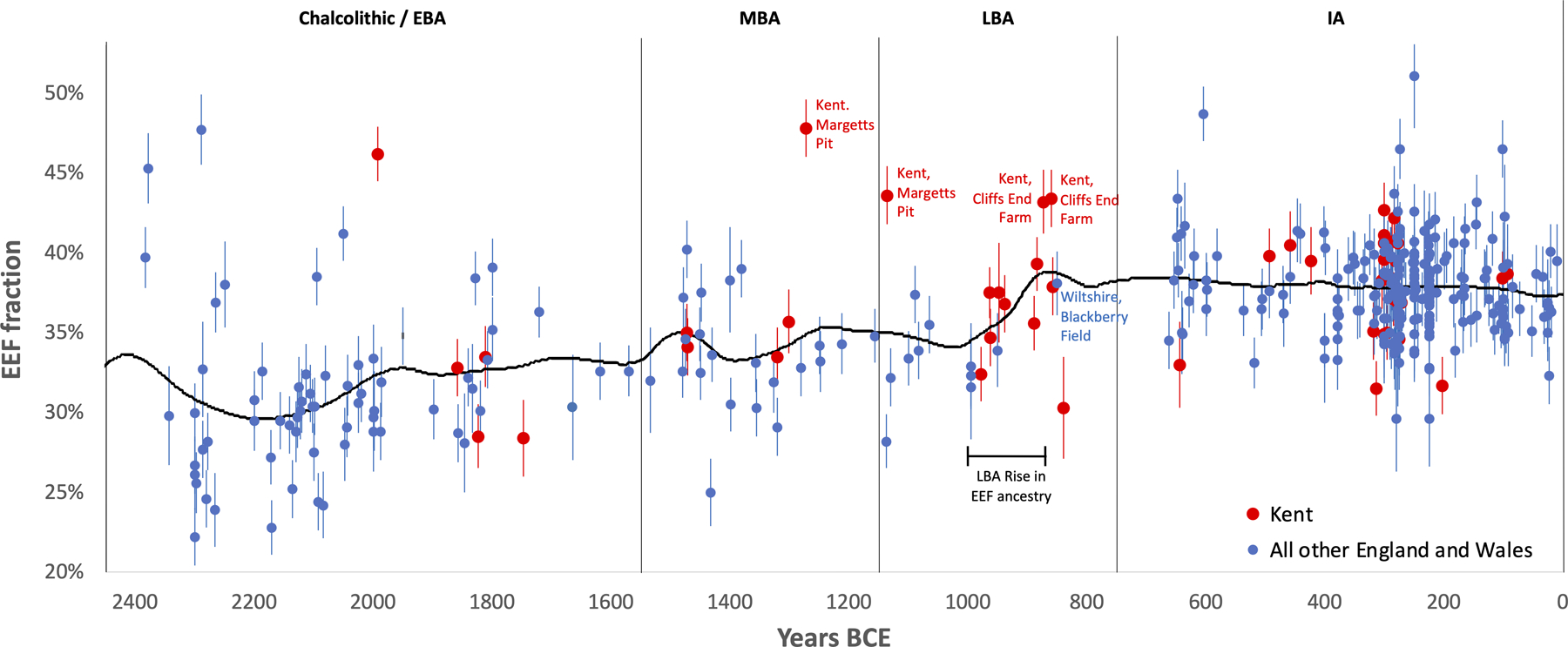Extended Data Fig. 6 |. Version of Fig. 3A contrasting Kent to the rest of southern Britain.

We show the period 2450–1 BCE. Each point corresponds to a single individual and we show means and one standard error bars from a Block Jackknife. All the high EEF outliers at the M-LBA are from Kent—the part of the island closest to France—and in addition all the individuals from 1000–875 BCE from the group of samples showing the ramp-up from MBA to IA levels of EEF ancestry are from Kent (5 from Cliffs End Farm and 3 from East Kent Access Road). This suggests the possibility that this small region was the gateway for migration to Britain at the M-LBA. Further sampling from the rest of Britain at the M-LBA is critical in order to understand the dynamics of how this ancestry spread more broadly. However, the fact that only sample from the second half of the LBA that is not from Kent—I12624 from Blackberry Field in Potterne in Wiltshire at 950–750 BCE—already has a proportion of EEF ancestry typical of the IA in southern Britain—suggests that this ancestry began spreading more broadly by the second half of the LBA.
